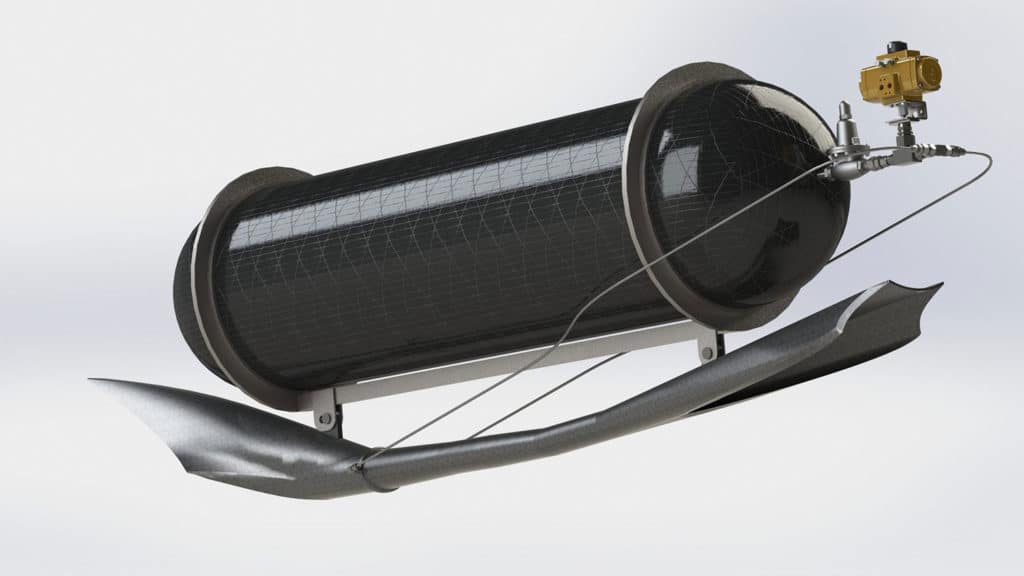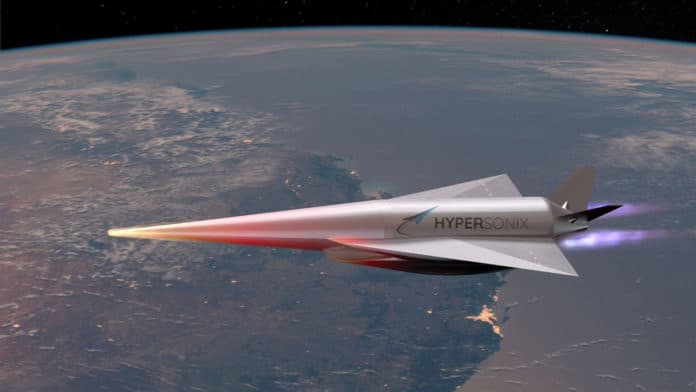Brisbane-based aerospace engineering start-up, Hypersonix Launch Systems, is developing a reusable launch system powered by green hydrogen that makes launches more accessible and also more sustainable.
Hypersonic speed is more than five times the speed of sound – or ‘Mach 5’ – which is just over 6000 km/h. At Mach 5 and above, friction caused by molecules flowing over the hypersonic aircraft can generate temperatures in excess of 2000-degree Celsius. Suffice to say that Hypersonix is choosing its materials to cope with these extremes.
The Hypersonix team is composed of 20 aerospace engineers and material specialists and has come a long way since it was founded in 2019, just before the pandemic shifted the global landscape. In a short time, and in the shadow of the pandemic, the team has developed a three-stage satellite launch system, called Wirraway, that utilizes reusable scramjet engine technology for engines that are powered by sustainable green hydrogen fuel. This means it would deliver small satellites into orbit without producing any carbon emissions.

The team is building its new green hydrogen-powered SPARTAN scramjet engine using Ceramic Matrix Composites (CMC) as these are capable of withstanding the high temperatures experienced by space vehicles during the journey through space and particularly during the controlled re-entry phase. CMCs have a high strength-to-weight ratio even at high temperatures, high thermal shock resistance, and toughness.
Hypersonix’s SPARTAN can accelerate from Mach 5 to Mach 12; or five to twelve times the speed of sound. The Delta-Velos vehicle that features the SPARTAN engine will fly over 2,500 km (1,553 miles) without emitting CO2 or other noxious gases before landing like a conventional aircraft ready to take flight again after refueling and checks.
“Our core knowledge is scramjet engines and how to develop sustainable hypersonic aircraft. We are actively seeking research and development as well as for durability and high-temperature resistance for multi-use launch vehicles and engines and their components,” said Dr. Michael Smart, Co-Founder, Chief Technology Officer, and Head of Research & Development with Hypersonix. The company has recently developed collaborative partnerships with the University of Southern Queensland, Boeing Australia, Siemens (for multiphysics computational fluid dynamics software), and the industrial gas company – BOC Ltd.
The Delta-Velos will launch attached to Hypersonix’s reusable Boomerang first-stage booster, which also returns to Earth for reuse. Once in the upper atmosphere, it would release satellite payloads of 50 kg, which would then be boosted to low-Earth orbit (LEO) or Sun-synchronous orbit (SSO). The company is hoping to have the Delta Velos Orbiter in the air around the end of 2024.
